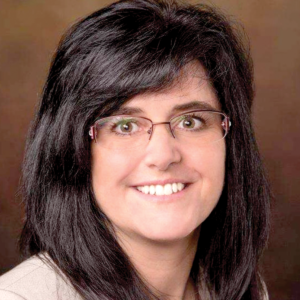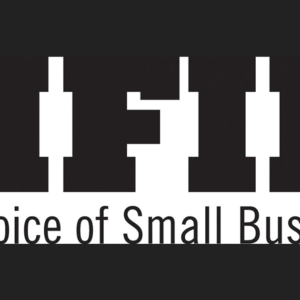By Michael J. Marino, Yellowstone County News
Camping World just off Interstate 90 near Lockwood has opened for business, marking the RV dealer’s first store in Montana and its 199th store in the world.
Founded in 1966 and headquartered in Lincolnshire, Illinois, Camping World provides a variety of RV products and services. Devin Card, General Manager of the new Billings store, said that in addition to selling Recreational Vehicles and related items, they have 14 service bays.
With three other RV dealers just a stone’s throw away, one might wonder what strategy Camping World executives could have been employing when they decided to locate in Billings.
Card said he is not aware of all the details behind the company’s decision, but, “Billings draws in a large area of people that are traveling here on the weekends. People come to Billings for its shopping, [and] the hospitals ….I think that’s why you see so many RV places [in Billings],” he continued.
“As we enter Montana, the Billings community is a great place to begin,” said Camping World Chairman and CEO Marcus Lemonis. “It’s our goal to increase our store count by 50% over the next five years, through a combination of acquisitions, new store openings, and manufacturer exclusive locations.”




